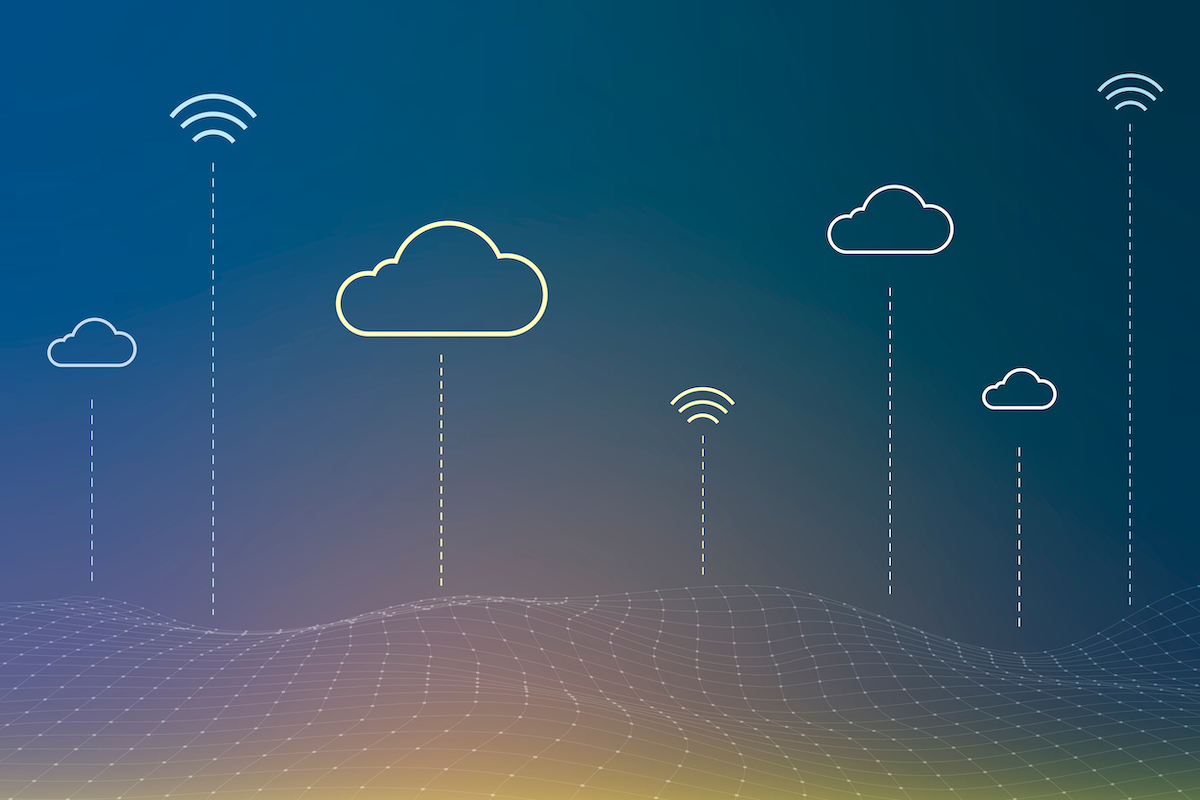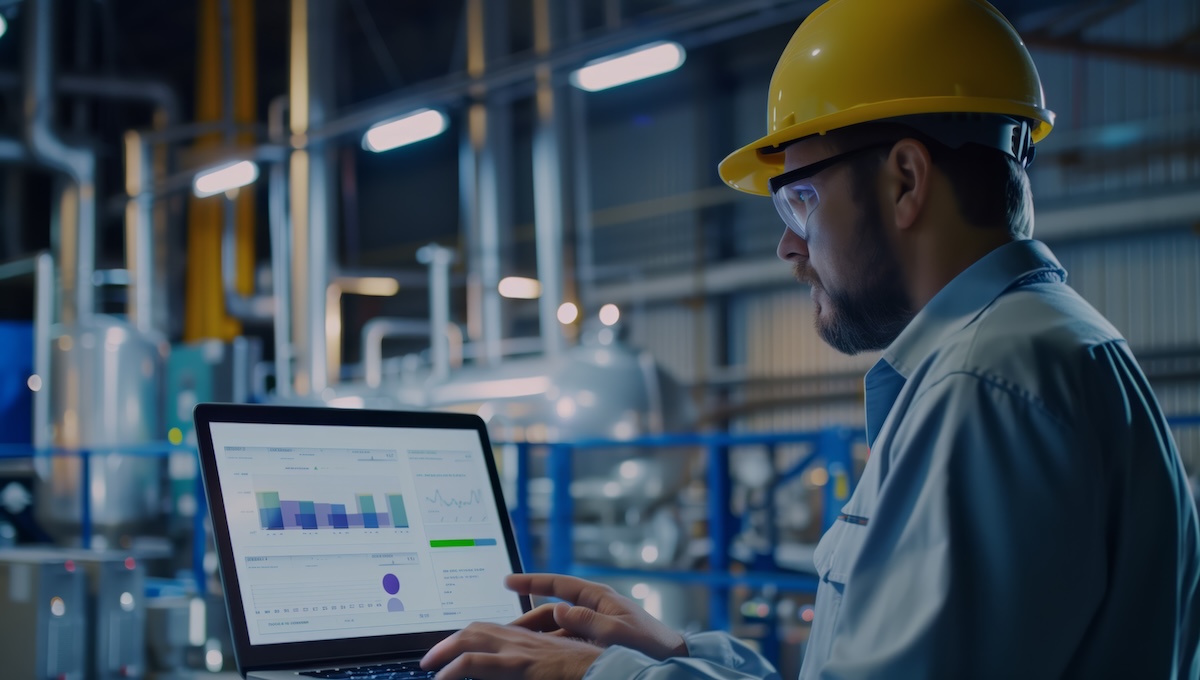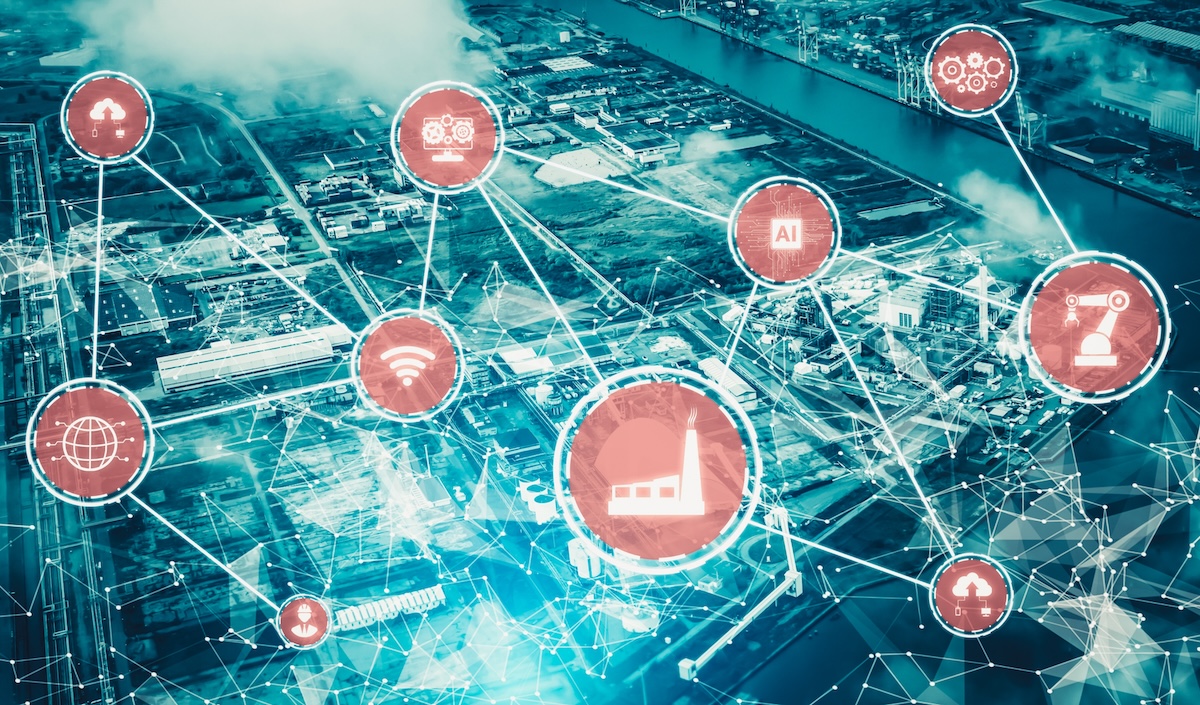Cloud Enablement and IIoT: An interview with Ian Kanski, CTO of UrsaLeo
According to Research and Markets, the Global Cloud Computing in the Industrial IoT (IIoT) Market was estimated at USD 4,365.98 million in 2020, is expected to reach USD 4,830.80 million in 2021, and projected to grow at a CAGR of 10.98% reaching USD 8,159.46 million by 2026.
This market continues to evolve. For a deeper perspective on the changing landscape, we sat down with Ian Kanski, CTO of UrsaLeo, to get his take on the intersection of Cloud Enablement, Cloud Computing platforms and IIoT solutions, how they are evolving, and what executives in this space need to know as they explore this technology.
An interview with Ian Kanski, CTO of UrsaLeo
1. Before we dive in, give us the lay of the land. How do you view cloud enablement as it relates to IIoT?
Cloud enablement has eliminated entry barriers and streamlined access to innovative technologies that empower industrial applications. Companies now have the ability to harness and leverage the expansive technical power that cloud services represent, opening opportunities for data integration and data analysis that would otherwise be unattainable.
Cloud service providers (CSPs) have embraced IIoT, offering full scope solutions tailored to both greenfield and legacy deployments, speeding the adoption of cloud based functions. Simply put, for companies developing, implementing, expanding, or migrating IIoT functions, it has never been a better time to establish a cloud based solution.
2. How is data collected by IIoT devices transmitted to the cloud and then leveraged for business analytics and decision making?
At the edge level, a key component of any IIoT system is the IIoT gateway. An IIoT gateway is an intelligent central hub for IoT devices and sensors. As a centralized hub, an IIoT gateway provides a single location where data is communicated to and from devices and sensors. IIoT gateways integrate data from IIoT devices using a wide range of network protocols (cellular, Wi-Fi, Ethernet, Bluetooth, ZigBee, RS485, RS232, I2C, SPI, etc). The IoT gateway often pre-processes data at the edge from devices and sensors in a given IIoT ecosystem before routing it to cloud service providers like AWS, Azure and GCP (Google Cloud Platform) via MQTT, AMQP, and HTTPS protocols.
Opportunities Cloud Enablement and IIoT
Once data is flowing to the cloud as a centralized point of aggregation, the opportunities and access for integration with value-added functions across multiple technical parallels and disciplines are realized.
For example:
- Big data enablement.
- Data mesh architectures.
- Data collection, filtering, aggregation, analysis, and storage.
- Data propagation for 3rd party integration.
- Industrial AI training and development of ML algorithms.
- Machine Learning (ML) empowered predictive maintenance.
- Development and determination of remaining useful life (RUL) metrics.
- Anomaly detection through time series analysis.
- Failure cataloging with variable association and correlation.
- Operations management.
- Asset condition monitoring and alerting.
- Decentralized control.
- Response automation.
- Business intelligence (BI) and business analysis (BA).
- Context exposure driven by ingested data streams.
All of the technical parallels listed above are enabled organically by cloud services across all the major providers and are available at a fraction of the technical burden associated when compared to in-house implementations.
3. Explain the difference between cloud ‘agnostic’ and cloud native IIoT services?
First, it is important to understand that cloud agnostic and cloud native considerations do not apply solely to IIoT but rather cloud adoption as a whole. They are organization level, large scope, strategic technical decisions that have sweeping and profound ramifications on technical development implementation.
The terms cloud agnostic and cloud native often get misconstrued as competing concepts. Rather they are terms that reflect answers to separate strategic decisions that directly relate to each other. In overly simplified terms it comes down to:
1. How are we going to build it? Answer: Cloud Native
2. Where are we going to put it? Answer: Cloud Agnostic
When a company adopts a “cloud native” approach, they are choosing a technical delivery paradigm (question number one above) that focuses on utilizing the advantages inherent to cloud based technologies: scalability, availability, resiliency, cost optimization, ease of integration and administration. These advantages are realized to varying degrees, through one (or often more than one) of the common cloud delivery models: Infrastructure as a Service (IaaS), Platform as a Service (PaaS) and Software as a Service (SaaS). The end result is an application that is specifically made to be deployed and run in the “cloud”, as opposed to a datacenter with server equipment maintained by the company (commonly referred to as an on-premise deployment).
The term “cloud agnostic” refers to an architectural decision to embrace cloud-centric design considerations and tooling that insulates the company from one thing: vendor lock-in. Considering that a “cloud native” application requires a cloud in which to run, the selection of which Cloud Service Provider (CSP) to entrust the company’s operational foundation is critical. Instead of placing all of the companies “eggs in one basket” so to speak, adopting a “cloud agnostic” design approach breeds maximum flexibility into the development of the application to allow its deployment in more than one cloud service provider, thereby spreading operational risk across multiple providers.
4. What cloud services should customers be looking at? From AWS? From Azure? Should they be building their own home-grown services?
With the understanding that cloud service selection is use case centric, I will use a greenfield use case to address the major components associated with a generalized IIoT solution.
IIoT Data Acquisition And Propagation
IIoT Gateways collect and process data streams as well as provide a standard mechanism to transmit device data to cloud services. Both AWS and Azure provide IIoT gateway software solutions that dramatically simplify the issue of getting data to the cloud, while also providing streamlined, value added cloud integration extensions directly on the IIoT gateway.
Data Ingestion
As data is sent from IIoT gateways to the cloud, a receiving cloud based service is required to ingest the data and route it to the litany of cloud services. These managed cloud platforms allow users to easily and securely connect huge numbers of IIoT devices and route high volume message streams to cloud services.
AWS IoT Core, Amazon EventBridge
Azure IoT Hub, Azure Event Hubs
IIoT Analytics
With IIoT data present in the cloud, it’s time to extract the operational and business value. IIoT analytic enablers are managed services that simplify the extraction and operationalization of analytics from massive volumes of IIoT data without the technical burden of developing an analytics platform. AWS IoT Analytics also filters, normalizes and enriches data for follow-on big data operations as well as AI and machine learning use cases. On Microsoft Azure, Azure Databricks is a fast, easy, and collaborative Apache Spark-based analytics service.
Azure Data Bricks, Azure Time Series Insights
Big Data
Data management challenges caused by data volume, variety and velocity are the calling cards for a big data solution. IIoT data is inherently a big data problem. With IIoT data flowing into a cloud environment, integrating data streams into big data frameworks is painless and paves the way to advanced data utilization in the form of Machine Learning (ML) and Artificial Intelligence (AI).
AWS Lake Formation, AWS S3, AWS Redshift, Amazon EMR, Amazon OpenSearch
Azure Databricks, Azure Data Lake Storage, Azure Synapsis Analytics, Azure Data Explorer
Machine Learning
Simply put, a lot of IIoT data is the perfect scenario for integrating machine learning models. With IIoT being at its core a big data problem, machine learning capabilities can provide extraordinary insights and results when leveraged together. It is no surprise cloud providers have created a seamless integration of the two in the form of fully managed machine learning and AI services providing access to advanced analytics.
Business Intelligence
At the end of the IIoT cloud service chain, where users leverage all the derived analytics to make informed, data driven decisions is the access dilima. How is all the data exposed to the end user? Cloud providers have created technically accessible, moldable, fully integrated visualization engines that empower end users.
A note regarding managed cloud services:
To be clear, regardless of what cloud service provider one chooses, there will always be an implicit degree of engineering burden associated with the development and delivery of a production level solution in the cloud. Utilizing cloud services lowers the barrier to entry for a number of technical components that would otherwise be prohibitively complex and technically burdensome to develop and maintain but it does not eliminate the technical responsibility matrix entirely.
5. How do customers scale the cloud to millions of connected points?
They use managed cloud services. Choose any of the above and get started.



